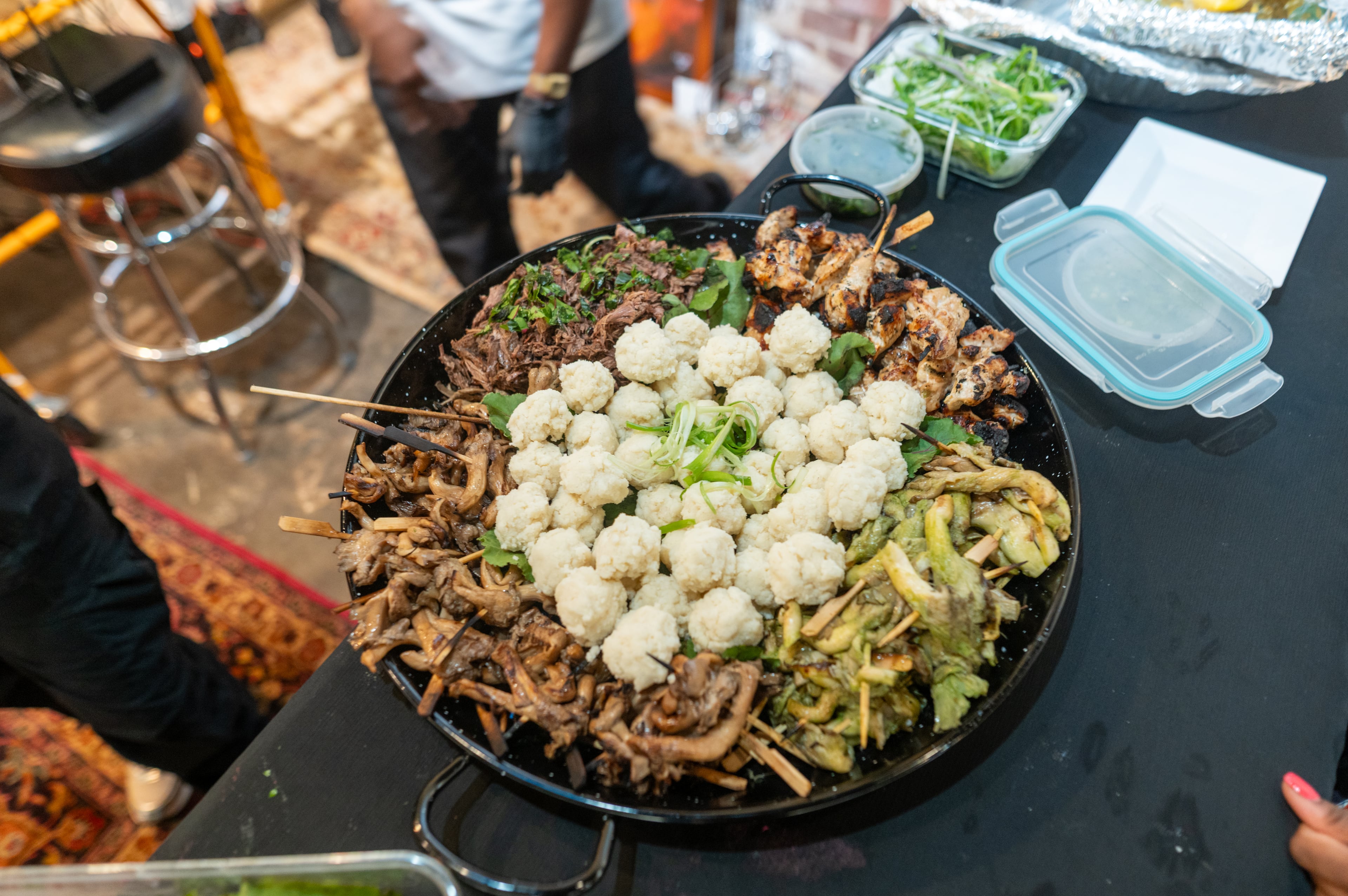Picking a mixer for your summer gin and tonic

It has been an extra hot summer, and one of our favorite ways to cool down is the time-honored gin and tonic. We thought we would compare a few tonic waters in stores and suggest ways to gussy up your summer G&T.
The gin and tonic first was developed by British soldiers headed to the East, who were given a ration of gin for “courage” (those headed West usually got rum), lime to fight scurvy and tonic water as a way to swallow a medicine called quinine. A little sugar and sparkling water helped soldiers get down the bitter-tasting quinine, which came from the bark of the Cinchona tree and was used to fight fever and malaria.
In the early 2000s, Spanish bartenders revved up a gin-and-tonic culture. Specific gins were paired with new or house-made tonics, and herbs and botanicals that might have been in the gin infusion were added back into the glass.
A balloon-style wine glass was filled not only with ice, gin and tonic, but also citrus peels from grapefruit; fresh herbs, such as bay laurel or rosemary; and botanicals, including juniper berries and star anise. This resulted in tasty cocktails that also were delightful looking.
When mixing this refreshing drink, or even a classic G&T, we prefer a 1:2 ratio of gin to tonic, with a squeeze of lime or other citrus. To help you craft a great gin and tonic, we compared three of the most popular tonic waters available:
Schweppes. Started as a mineral water producer more than 200 years ago, Schweppes also was the first to make the kind of old-school bottled tonic water that induces nostalgia. It is less bitter than the others we tried, so it comes off a little sweeter, even though it only has 2 more grams of sugar per serving than the other brands we sampled. It also felt like it had the least carbonation.
Topo Chico. This mineral water company in Monterrey, Mexico, has been expanding its product roster since being acquired by Coca-Cola. Its newest, a line of cocktail mixers, includes a tonic with large carbonation bubbles and hints of grapefruit and rosemary. We ranked it medium on our bitterness scale.
Fever Tree. Named for the Cinchona, Fever Tree was launched just over 20 years ago. Its premium Indian tonic water had the most perceived bitterness, the least amount of sugar and the most sustained effervescence, making it our favorite. Other flavors, such as lemon tonic water, seem redundant if you have access to fresh citrus.
Sign up for the AJC Food and Dining Newsletter
Read more stories like this by liking Atlanta Restaurant Scene on Facebook, following @ATLDiningNews on Twitter and @ajcdining on Instagram.


